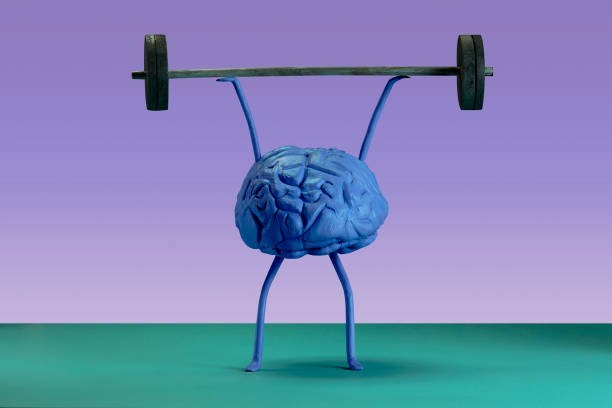views
🌍 Ancient Origins

Jump rope-like activities date back thousands of years. Historians believe ancient Egyptians may have used vines to jump over, while other cultures had similar games using ropes or cords.
🏋️ Boxers Love It

Boxers have long used jump rope as part of training. It boosts footwork, timing, stamina, and coordination — which explains why it’s still a staple in boxing gyms today.
💪 A Full-Body Workout

Jumping rope works your calves, thighs, core, shoulders, and even your wrists. Just 10 minutes can burn about the same calories as running an eight-minute mile!
🎵 Songs and Rhymes

Playground jump rope often comes with classic chants or songs, adding rhythm to every hop. These rhymes have been passed down through generations, mixing fun with fitness.
🏆 Competitive Sport

Yes, jump rope has global competitions! Athletes perform speed runs, freestyle tricks, double dutch, and synchronized routines — combining dance, acrobatics, and serious athleticism.
🌟 Double Dutch Origins

Double Dutch, where two ropes turn in opposite directions, became popular on the streets of New York City — and is especially famous in hip-hop and street culture.
🧘 Brain Booster

Jumping rope isn’t just good for the body; it also helps improve balance, coordination, and cognitive timing — giving your brain a healthy workout, too.
📏 World Record Feats

Athletes have set wild records, like the most jumps in 24 hours (over 150,000!) and lightning-fast speed records for most jumps in 30 seconds.
🏫 Easy to Learn, Hard to Master

Anyone can start with basic skipping, but jump rope offers endless challenges: criss-cross, double-unders, backward jumps, and freestyle tricks that take years to perfect.
💡 Endlessly Portable

Perhaps the simplest fun fact: all this cardio, coordination, and creativity fits in your backpack or pocket. No batteries, screens, or fancy equipment needed — just a rope and a little space.




















Comments
0 comment